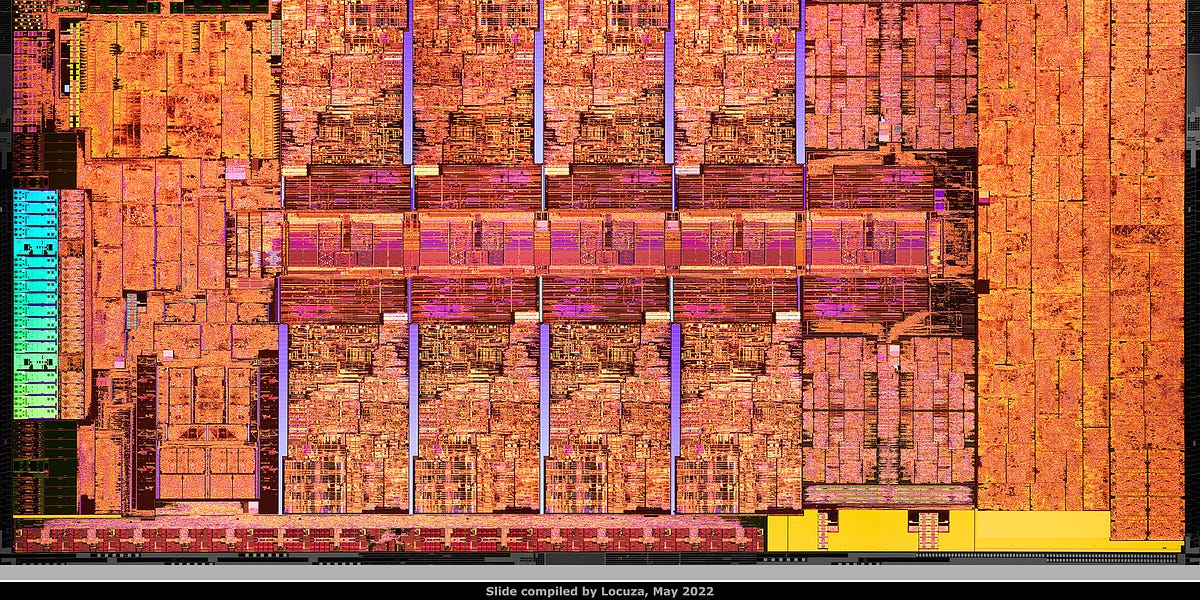The first Meteor Lake sample emerged with 14 cores that likely adhere to a 4P + 8E design, whereas the second Meteor Lake sample has 16 cores that should stick to a 6P + 8E layout.
The core/thread count is actually been misreported by the SiSoftware benchmark.
Yes, this is the actual core layout config. 16-core variant will be based on a 6 P-Core + 8 E-Core + 2 E-Core layout while the 14-core variant is based on a 4 P-Core + 8 E-Core + 2 E-Core layout. The additional 2 cores are part of the SOC tile.
Also, these are confirmed to be mobile parts. Since there has been rumors that we won't get a desktop variant in MTL series. Chances are slim.
A simple and easy way to confirm whether this is a Meteor Lake chip is the fact that it houses 128 EUs which is only possible on Meteor Lake chips, since Raptor Lake and Alder Lake Xe GPUs max out at 96 EUs & they also don't operate at clock speeds of over 2 GHz (2100 MHz in this case).
A desktop part seems unlikely due to the 128 EU GPU config. Or whether Intel will really put a 128 EU iGPU within its mainstream consumer desktop processors, remains to be seen ?




